The noodle is on everyone's lips: all over the world, pasta is eaten by young and old alike. The noodle exists in extremely numerous variations. It is an excellent and long-term supplier of energy, has a very long shelf life if stored correctly and can be prepared very versatile and healthy.
What you should know about noodle

Noodles are pasta and enjoy great popularity worldwide. In many places they are considered a staple food.
It is generally known that the pasta originated in Italy.In fact, however, indications have been found in China that the noodle existed there much earlier than in Italy. However, pasta dishes will always remain a hallmark of Italian cuisine and the dispute over the true origin may never be resolved.
There are basically two types of pasta: "Pasta secca" (dry pasta) and "Pasta fresca" (fresh pasta). Fresh pasta is often filled. An example of this are tortelloni, for example with a meat or cheese filling. Both types are readily available all year round.
Most pasta consists of durum wheat semolina, but other types of grain can also be the basis for pasta products. Spelled and kamut are also sometimes used as a basic ingredient, as is the whole grain version of all three versions. Glass noodles are not made from grain, but from mung beans and thus from legumes.
The so-called "konjak noodles" made from the Asian root of the same name, which contain almost no calories, are a completely new trend.
Some noodles are also colored by various food extracts, for example spinach, tomato or ink from squid. The addition of spices such as chilli or wild garlic is also popular. But even without colors, there is plenty of variety in pasta: around 50 to 100 types are generally known, but there are actually over 600 different types of pasta - including the lasagne plates and cannelloni intended for casseroles. Spätzle, on the other hand, are not defined as noodles, only as pasta. Only foods that are made from pasta dough can be called pasta dishes.
Importance to health
With a content of around 70 percent, the noodle is a very good source of carbohydrates. Especially since the low carb trend, they have therefore often been decried as fattening foods.
The noodle itself, however, does not make you fat - it depends on the right preparation. Only with a creamy sauce does pasta become heavyweights. On the other hand, when combined with a light vegetable sauce, pasta can easily be a light main course. In their pure form, they contain a lot of vegetable protein and little fat. In addition, most types of pasta contain predominantly complex carbohydrates, which cause the blood sugar level to rise slowly and continuously and thus supply the body over a long period of time. So noodles are healthier than they call it.
Athletes in particular benefit from the carbohydrates in the pasta as they are readily available to the body. The day before a marathon, runners like to have "pasta parties" to fill their glycogen stores and have plenty of energy on the day of the race.
Ingredients & nutritional values
| Nutritional information | Amount per 100 grams of egg noodles |
| Calories 138 | Fat content 2.1 g |
| cholesterol 29 mg | sodium 5 mg |
| potassium 38 mg | carbohydrates 25 g |
| protein 4.5 g | vitamin C 0 mg |
In addition, pasta also contains vitamins and minerals. Whole wheat pasta contains a little more minerals than the following information for the white flour variant:
- 0.13mg vitamin B1
- 1.5mg vitamin B3 (niacin)
- 2.3mg iron
- 32mg magnesium
- 115mg phosphorus
Intolerances & allergies
The standard pasta made from durum wheat semolina contains gluten. The pasta is therefore not suitable for people with celiac disease. An alternative are the already well-established pasta made from grain substitutes. They usually consist of rice or corn and are available in every health food store or in organic markets and sometimes in well-stocked supermarkets.
Some types of pasta - but by no means all - also contain eggs, which can cause allergies. Egg is almost standard in fresh pasta, while dry pasta only contains egg in very rare cases. However, it is always worth taking a look at the label for egg allergy sufferers.
Shopping & kitchen tips
Dry noodles are available in the standard variants - mostly spaghetti, penne and fussili - in every supermarket and every discounter. Raw, dry pasta is extremely undemanding. They keep for a few months if stored in a dry place. If the storage location is still dark, most of the vitamins remain in the noodle.
Fresh pasta products such as tortelloni are now standard in the refrigerated shelves of all shops. More unusual variants in other forms, made from other grains or with special spices can be found in organic markets and delicatessen shops. If the pasta is to be served as a main course, an amount of 100 grams per person is considered appropriate. When cooked, the noodle triples its weight. 100 grams of raw noodles therefore make about 300 grams of cooked noodles.
If you want to eat your pasta in the traditional Italian way, you should only grab a fork. Spaghetti is simply twisted onto the plate with a fork. Anyone who uses a spoon or even a knife quickly turns out to be a banause.
Preparation tips
The guideline for the amount of water to be used for cooking is 1 liter of water per 100 grams of pasta. Oil in the water has no positive effects on the cooked noodle and can safely be left out. A knife tip to a teaspoon of salt, on the other hand, belongs in the cooking water for the sake of taste. Noodles should not be quenched after cooking, as they can then no longer absorb the sauce as well.
There are also indications as to which pasta goes with which sauce: While longer pasta such as spaghetti or tagliatelle are primarily served with thinner sauces, shorter pasta such as penne or fussili go better with thicker or chunky sauces. Standard pasta sauces or preparation methods available in every Italian restaurant are "aglio e olio" (garlic, oil), "al pomodoro" (tomato sauce), "bolognese" (minced meat sauce) and "carbonara" (cream , Ham).
The noodle can also develop its flavor well in soups and casseroles, for example lasagna. In Italy, pasta with a sauce is traditionally always a separate dish.

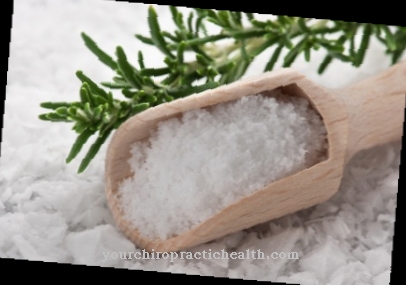
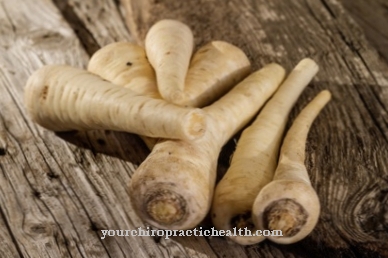

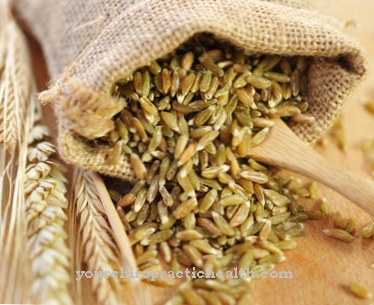
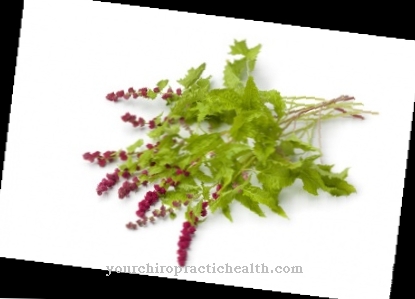
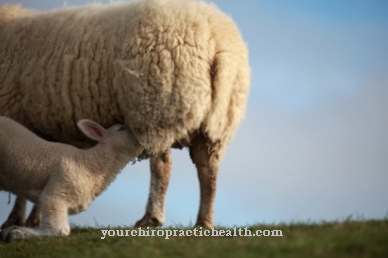






.jpg)

.jpg)
.jpg)











.jpg)